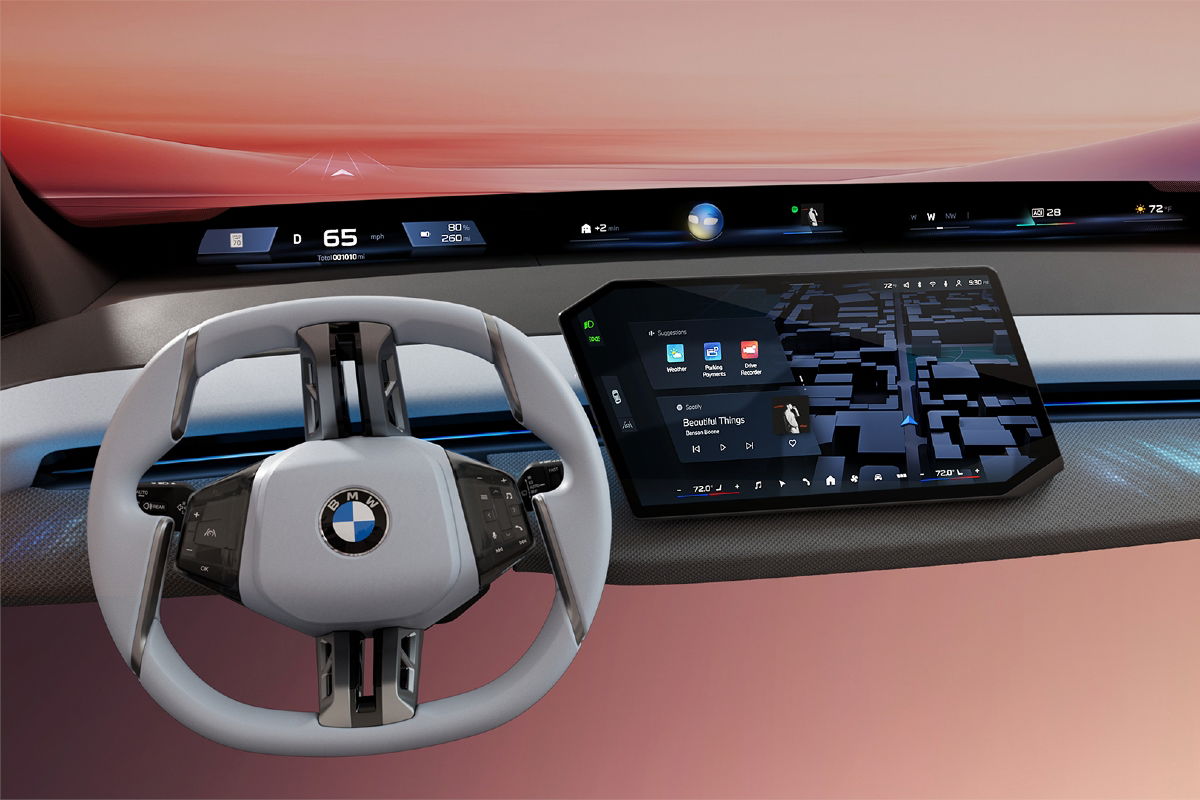
Car companies are always looking for the ‘next big thing’ and back in 2015 BMW thought it had created it – gesture control. It turns out it hadn’t and recently the technology was quietly dropped.
The good news for BMW is that aside from a few owners – many of whom may not have even noticed the system existed – nobody was really aware of it, so it’s not a high-profile flop. But it does highlight the fast-paced nature of technology in cars and the lengths car makers are going to to try and find an edge.
For those unfamiliar (i.e. most people) instead of having to hit a button, turn a dial or press the touchscreen the driver could simply do a gesture with their hands and the car would interpret it. For example, if you wanted to adjust the volume, you could twirl your finger in front of the sensor one way or the other and the audio would go up or down. Other functions included swiping to change tracks or answer a phone call.
The problem with this technology is that it, by its very nature, required you to take your hands off the steering wheel, which typically had buttons for the volume or answer a call – so it simply didn’t make a lot of sense.
BMW has now evolved its infotainment system beyond not only the gesture controls but also its infamous iDrive controller, a rotary dial that was widely criticised for its complexity when first launched but eventually became a useful and familiar tool for BMW owners.
The current tech trend in cars is now either touchscreen or voice command, although like all technology the latter is still less-than-seamless in real-world applications.











Discussion about this post